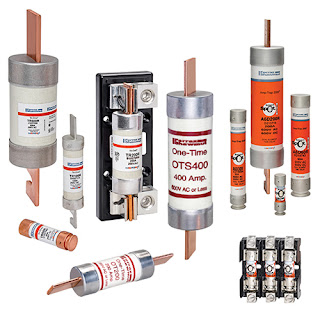LG Technology Used to Create Magnetofection Method
UK-based research equipment specialist Nanotherics is using enabling motion technology from LG Motion to develop a magnet-assisted transfection method. Magnet-assisted transfection, otherwise known as magnetofection, involves binding DNA or RNA to biodegradable iron oxide magnetic nanoparticles, which are together drawn into cells using a magnetic force. Nanotherics has created this non-invasive process using magnet arrays that oscillate beneath the cells to be transfected.
LG Motion has worked closely with Nanotherics since 2007, helping the company to develop the enabling oscillation stage of its technology for its Magnefect-Nano and Magnefect-LT transfection devices using a technology process, patented by Nanotherics, that applies the proprietary oscillating magnet arrays in combination with specially prepared magnetic nanoparticles. Initially, LG Motion supplied standard motorised positioning stages and motion controls to Nanotherics for research studies to evaluate and develop its oscillation principle.
As the project developed from a research base to a commercial venture, the design of the oscillating magnet array was optimised to ensure that Nanotherics' stringent requirements for operational life and high reliability could be ensured along with competitive cost for the portable, bench-top devices. This has culminated in the commercialisation of the Magnefect-Nano and the recent launch of the Magnefect-LT. The precise oscillation profile is now delivered using a small micro-stepping motor and leadscrew system with a carriage plate supported in a linear bearing - much the same as a traditional linear positioning stage but with strategically modified mechanics.
The combined development project also allowed LG Motion to include the design and manufacture of other mechanical hardware components, including the base frame and interchangeable well plate arrays that are used for holding samples. The optimisation process also included the supply of a packaged stepping drive with a modified control that includes only the features required for the application, which further reduced costs. The stepping drive is interfaced to a PC using a graphical user interface developed by Nanotherics or, for the entry-level Magnefect-LT version, via a simple keypad with a four-line alphanumeric display.
For all systems, programming is said to be straightforward, with flexibility for different cell types and uncomplicated user-defined protocols that enable quick and straightforward transfection conditions to be selected. The operator simply defines the essential parameters of oscillation frequency, displacement, the number of cycles and the cycle time. The Nanotherics nano-magnetic transfection method is also completely scalable, and LG Motion has worked on special larger oscillation stages for high-throughput screening.
LG Motion has worked closely with Nanotherics since 2007, helping the company to develop the enabling oscillation stage of its technology for its Magnefect-Nano and Magnefect-LT transfection devices using a technology process, patented by Nanotherics, that applies the proprietary oscillating magnet arrays in combination with specially prepared magnetic nanoparticles. Initially, LG Motion supplied standard motorised positioning stages and motion controls to Nanotherics for research studies to evaluate and develop its oscillation principle.
As the project developed from a research base to a commercial venture, the design of the oscillating magnet array was optimised to ensure that Nanotherics' stringent requirements for operational life and high reliability could be ensured along with competitive cost for the portable, bench-top devices. This has culminated in the commercialisation of the Magnefect-Nano and the recent launch of the Magnefect-LT. The precise oscillation profile is now delivered using a small micro-stepping motor and leadscrew system with a carriage plate supported in a linear bearing - much the same as a traditional linear positioning stage but with strategically modified mechanics.
The combined development project also allowed LG Motion to include the design and manufacture of other mechanical hardware components, including the base frame and interchangeable well plate arrays that are used for holding samples. The optimisation process also included the supply of a packaged stepping drive with a modified control that includes only the features required for the application, which further reduced costs. The stepping drive is interfaced to a PC using a graphical user interface developed by Nanotherics or, for the entry-level Magnefect-LT version, via a simple keypad with a four-line alphanumeric display.
For all systems, programming is said to be straightforward, with flexibility for different cell types and uncomplicated user-defined protocols that enable quick and straightforward transfection conditions to be selected. The operator simply defines the essential parameters of oscillation frequency, displacement, the number of cycles and the cycle time. The Nanotherics nano-magnetic transfection method is also completely scalable, and LG Motion has worked on special larger oscillation stages for high-throughput screening.


Comments